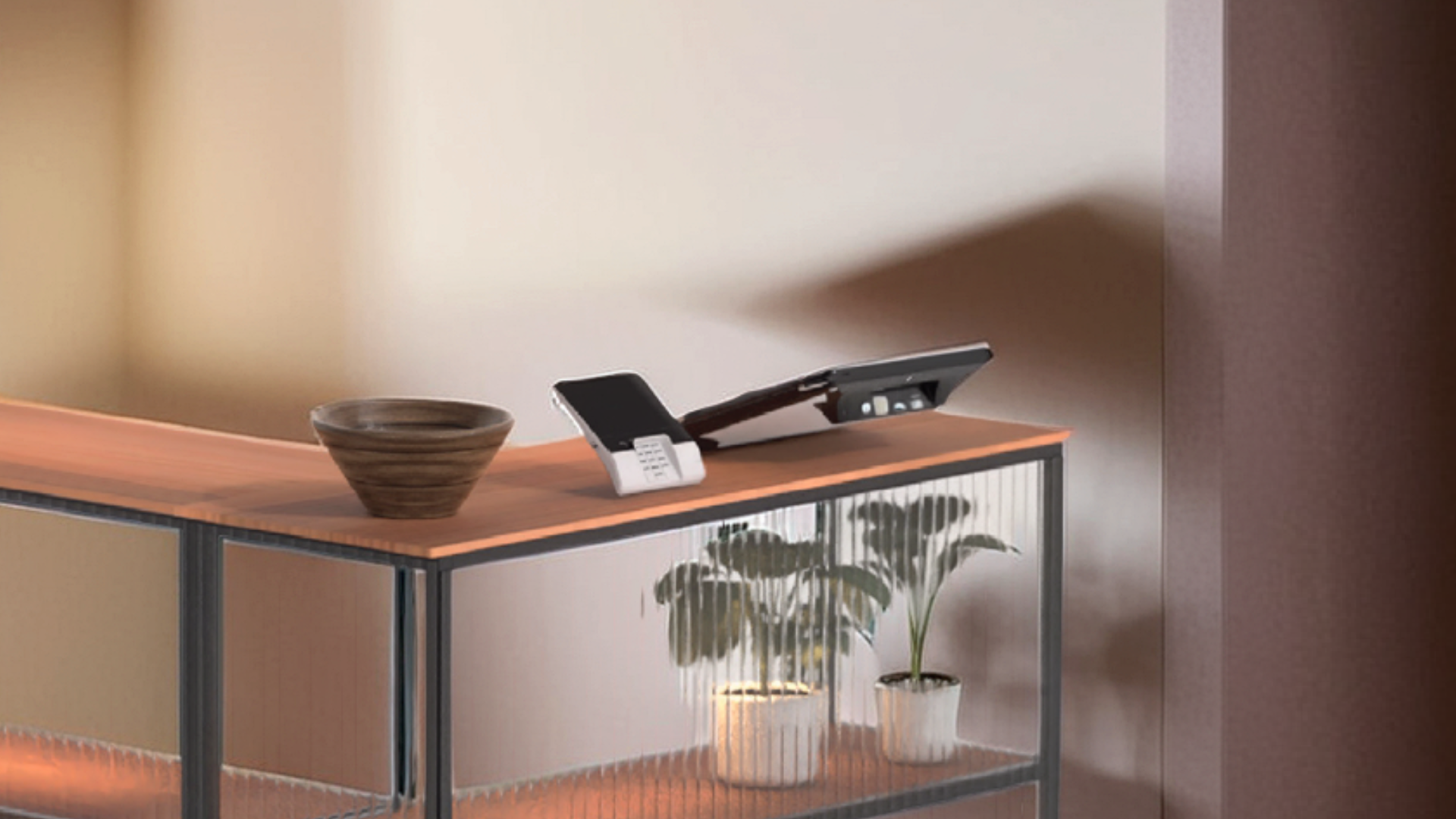Designing a functional space is rarely just about form or utility—it’s about balance. When the brief calls for scalable, efficient, and intentional solutions, one decision often comes up early: Should you go modular or custom-built systems?
It’s a question every designer and store owner faces. And the answer? It depends on your purpose, your context, and what the space is meant to achieve. This choice goes beyond aesthetics. It affects your budget, timeline, flexibility, and long-term operations. So how do you know which one fits your business best? Let’s break it down.
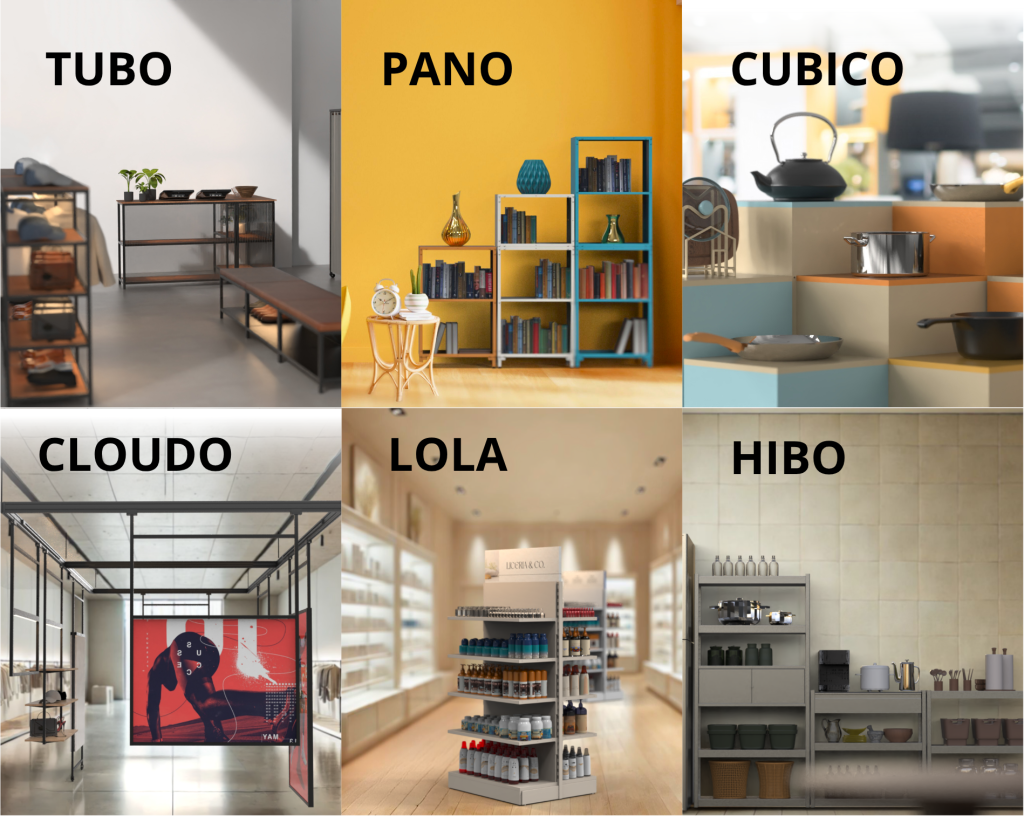
What Are Modular Systems?
Modular systems like MOFI’s are made of pre-designed, standardised components that can be assembled and adapted in various ways—much like building blocks. This flexibility makes them ideal for retail, warehousing, and office environments where layouts often need to change or scale across locations.
Why opt for modular systems:
- Faster setup – Ready-to-use components reduce installation time.
- Cost-effective – Lower upfront investment compared to bespoke builds.
- Scalable – Parts can be added, removed, or reconfigured as your needs evolve.
- Easier maintenance – Damaged components are simple to replace.
What Are Custom-Built Systems?
Custom-built are designed specifically for your business needs. From dimensions and materials to function and finish, every element is tailored to fit your space and support your design intent. These systems are ideal when off-the-shelf solutions fall short—particularly in spaces with irregular layouts, specialised functions, or strong brand requirements.
Why choose custom-built systems:
- Tailored fit – Matches your layout, workflow, and visual language.
- Brand-focused – Supports a unique and cohesive brand experience.
- Optimised performance – Built around specific functions or processes.
- Long-term value – Typically crafted with higher-quality materials for durability and a premium finish.
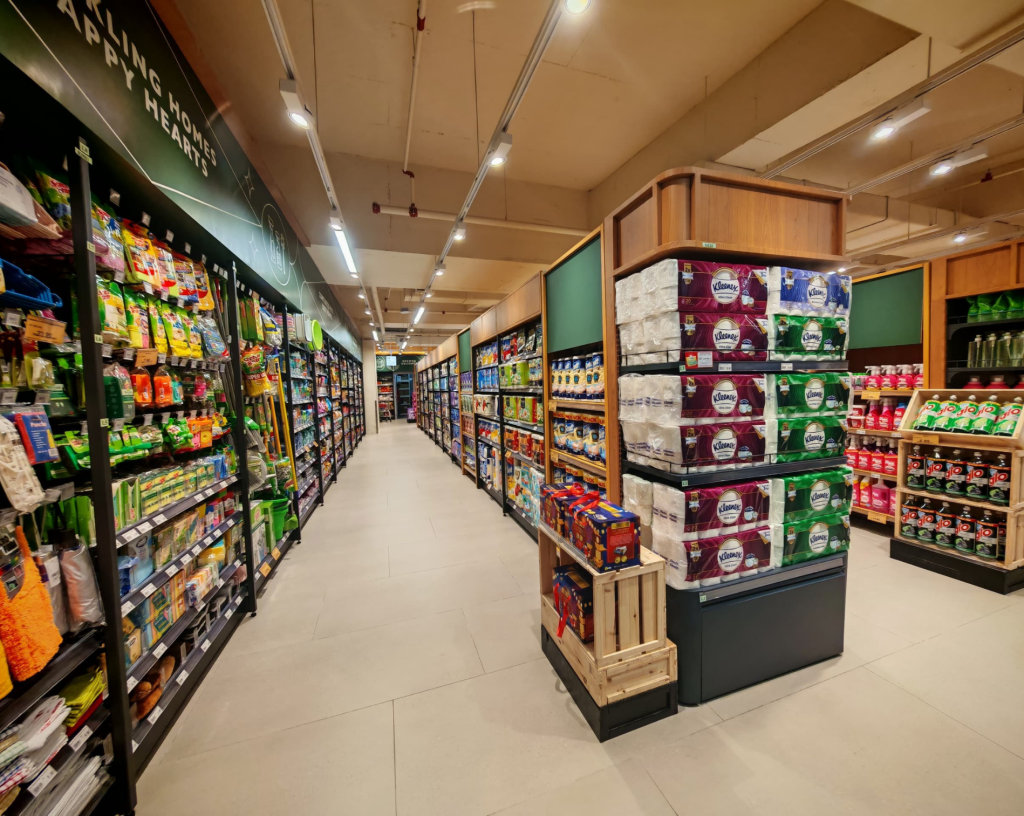
4 Key Factors to Consider Before Choosing a System
Beyond just definitions, the real difference between modular and custom-built shows up in how they perform under real project demands. So if you’re still weighing it up, here are four things we often consider when helping clients make that call:
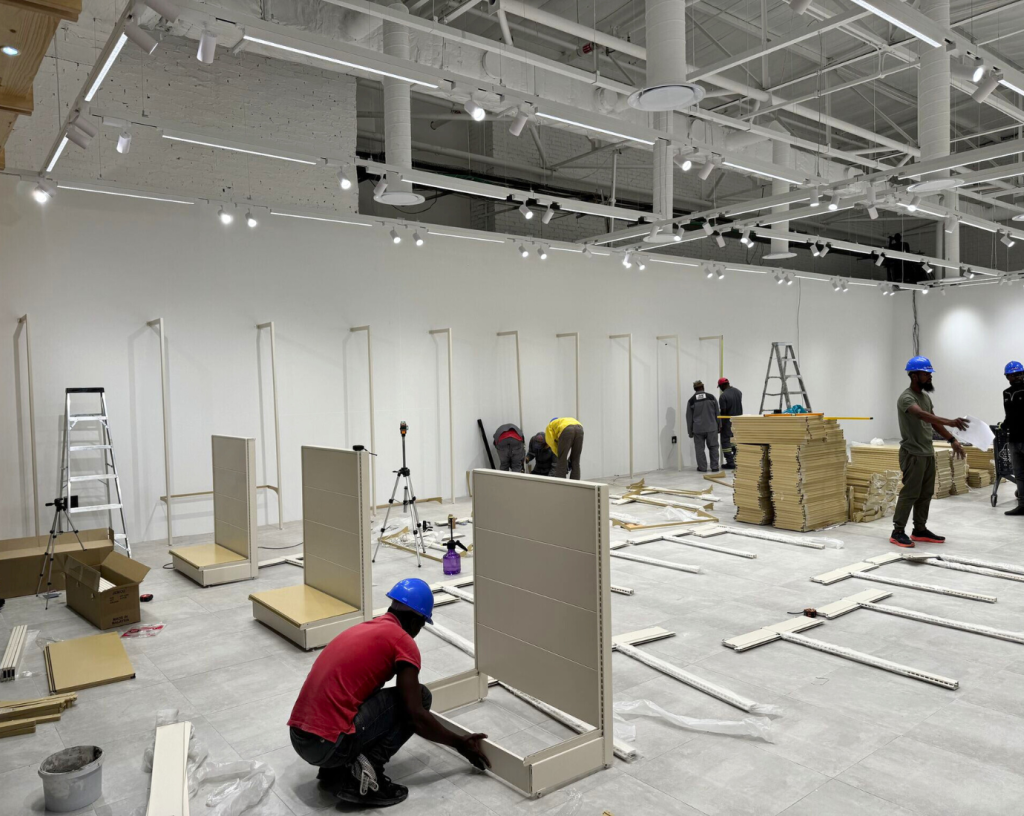
1. Speed of Deployment
If time is tight and you need to get things up quickly, modular systems are often the better option. They’re pre-made, stocked, and ready for fast installation. That’s why they’re well-suited for pop-ups, seasonal campaigns, or short-term projects.
Custom-built systems, on the other hand, take more time. The process includes planning, approvals, and fabrication, so things naturally move a bit slower. It’s not a problem if you’ve got the lead time, but it’s definitely something to plan for from the start.
2. Scalability
If your business is growing, or if you’re designing a space that might expand or change down the line, modular systems offer more flexibility. You can easily add, remove, or rearrange parts without starting from zero.
Custom-built systems, in contrast, are usually site-specific. They can still work beautifully, but they often require more time and effort to replicate or adapt for future use.
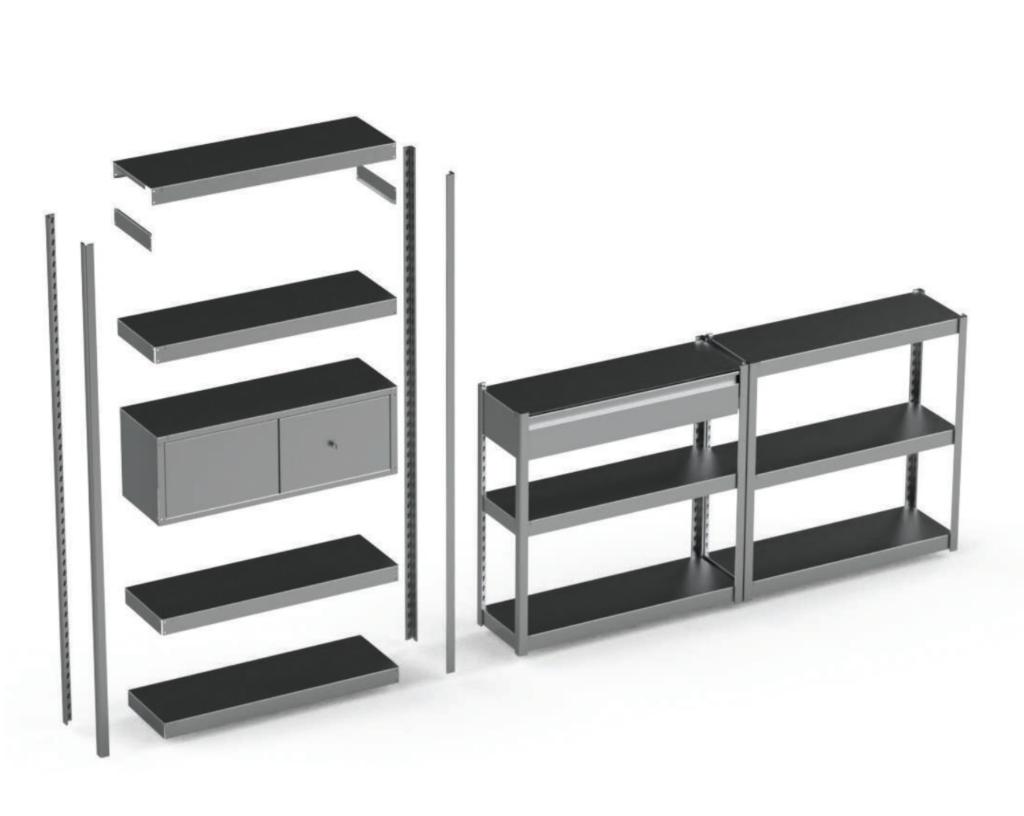

3. Maintenance & Replacement
Designers managing long-term or multi-site environments know that ongoing upkeep matters. If a panel gets scratched or a shelf is damaged, modular systems offer a quick fix. Standardised components make it easy to swap parts without disrupting the space.
In contrast, custom-built are often harder to maintain, especially when repairs require unique parts or the original vendor is unavailable. In busy or frequently updated spaces, simple maintenance makes a big difference.
4. Cost Efficiency
Let’s be honest, budget is always part of the conversation. Modular systems are typically more cost-effective, especially when reused across projects. They’re practical and predictable.
Still, for projects that need a unique fit or stronger brand expression, custom-built can be worth the extra cost—even if it’s less flexible later on.

So, which one’s better? Honestly, it depends. Every space is different. Some need the speed and practicality of modular, others benefit from the precision and storytelling that only custom can offer.
Often, the sweet spot is somewhere in between—using modular where it makes sense, and adding custom touches to elevate the experience. It’s not about choosing one over the other, but about designing with intention and selecting systems that align with how the space needs to look, feel, and function. When the setup fits the space and supports your vision, everything else falls into place.

